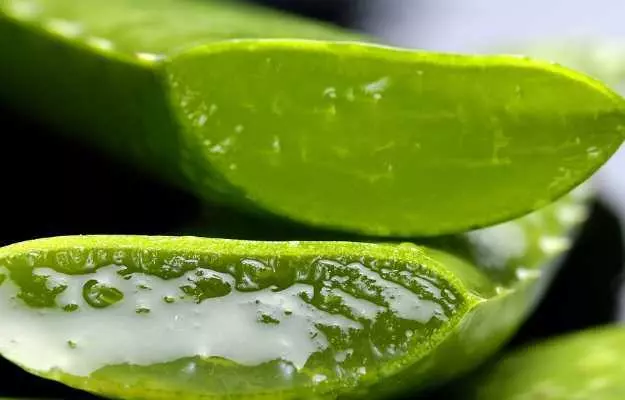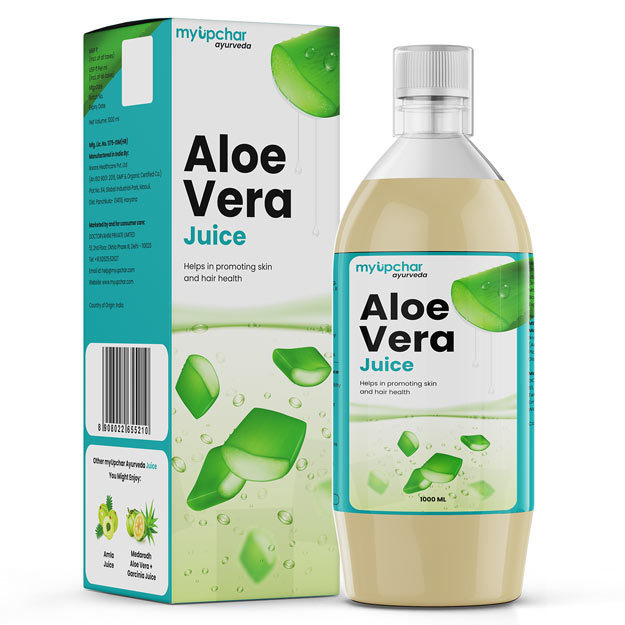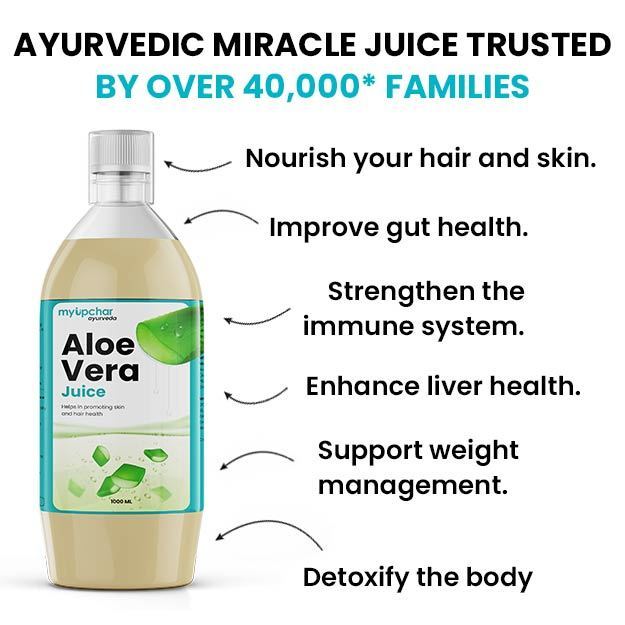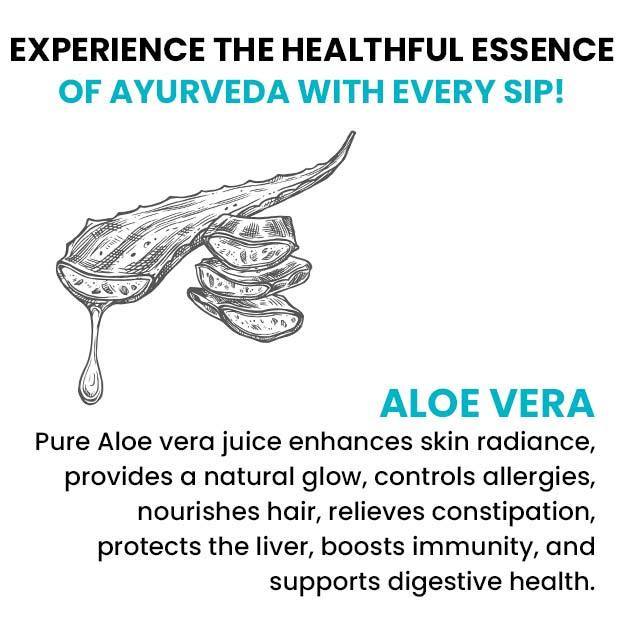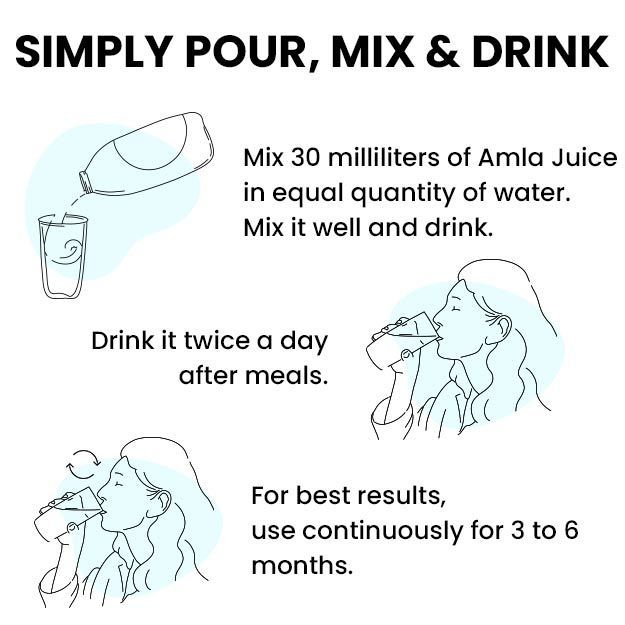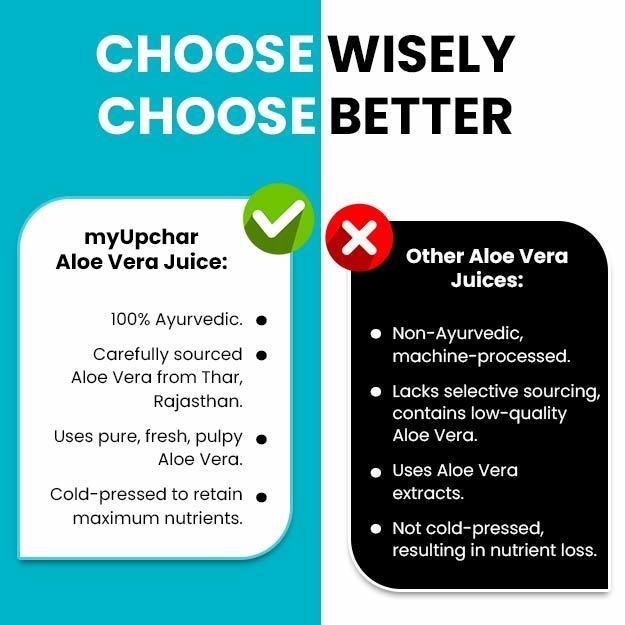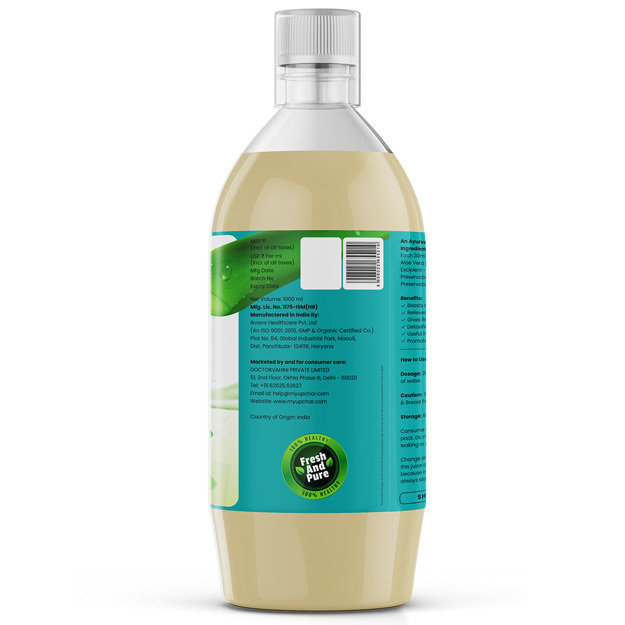Aloe vera as you may already know has risen from the pages of “Rigveda” with great potential.
It has found its way into every household across the world because, its a superfood, for many a beauty secret, and “Mystery Plant”. In fact, it is also famously known as ghritkumari in India. According to ayurvedic researchers, its called “kumari” in Sanskrit because of its strikingly helpful properties for regulating the menstrual cycles in females and also the plant never seems to grow old hinting the gift of flawless skin. Whether its ayurveda or the western medicine, every traditional system of medicine has a special place for this herb.
Aloe vera is a succulent plant (tender, juicy). Its thick fleshy leaves and stem are used mainly for storing water. In ayurveda , aloe vera is specially mentioned for its beneficial effects on the gut and liver. According to the famous naturalist and author Pliny the Elder, aloe vera can be used to treat leprosy sores. This herb was not only popular in the Indian subcontinent, Scholars found a detailed description of this plant in ancient Egyptian documents. In fact, it is said that the Egyptians called it the “Plant of immortality”. The famous Egyptian queen Cleopatra is believed to have used it in her beauty regime!
Did you know?
The name aloe vera comes from the Arabic word “Alloeh” which means “shining bitter substance” and “vera” is a Latin word which means “true”.
Some basic facts about Aloe vera:
- Botanical name: Aloe barbadensis miller
- Family: Asphodelaceae (Liliaceae)
- Common name: Aloe vera, Burn plant, Ghee Kumari, Kumari.
- Sanskrit name: Ghritkumari
- Parts used: Leaves
- Native region and geographical distribution: Aloe vera is a native of Africa but over the course of time it has escaped its native land and found its way to most of the drier regions of the world including the Middle East and India. In India, it is found in Rajasthan, Andhra Pradesh, Tamil Nadu, Maharashtra, and Gujarat.
- Energetics: Cooling

